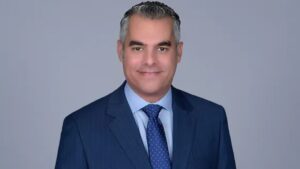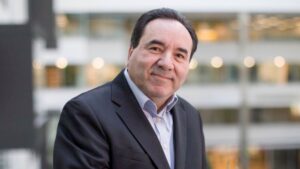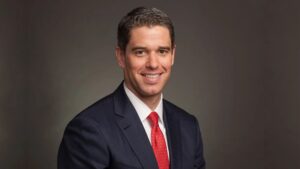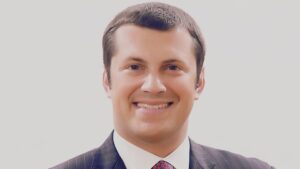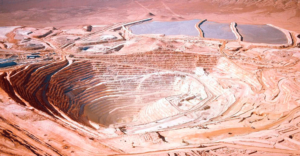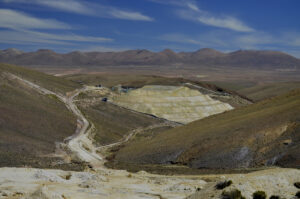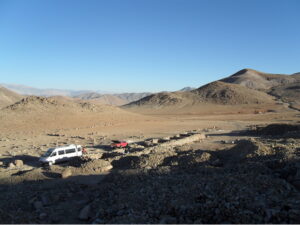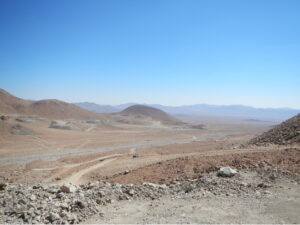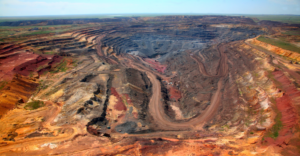
- Peru | 16 September 2021
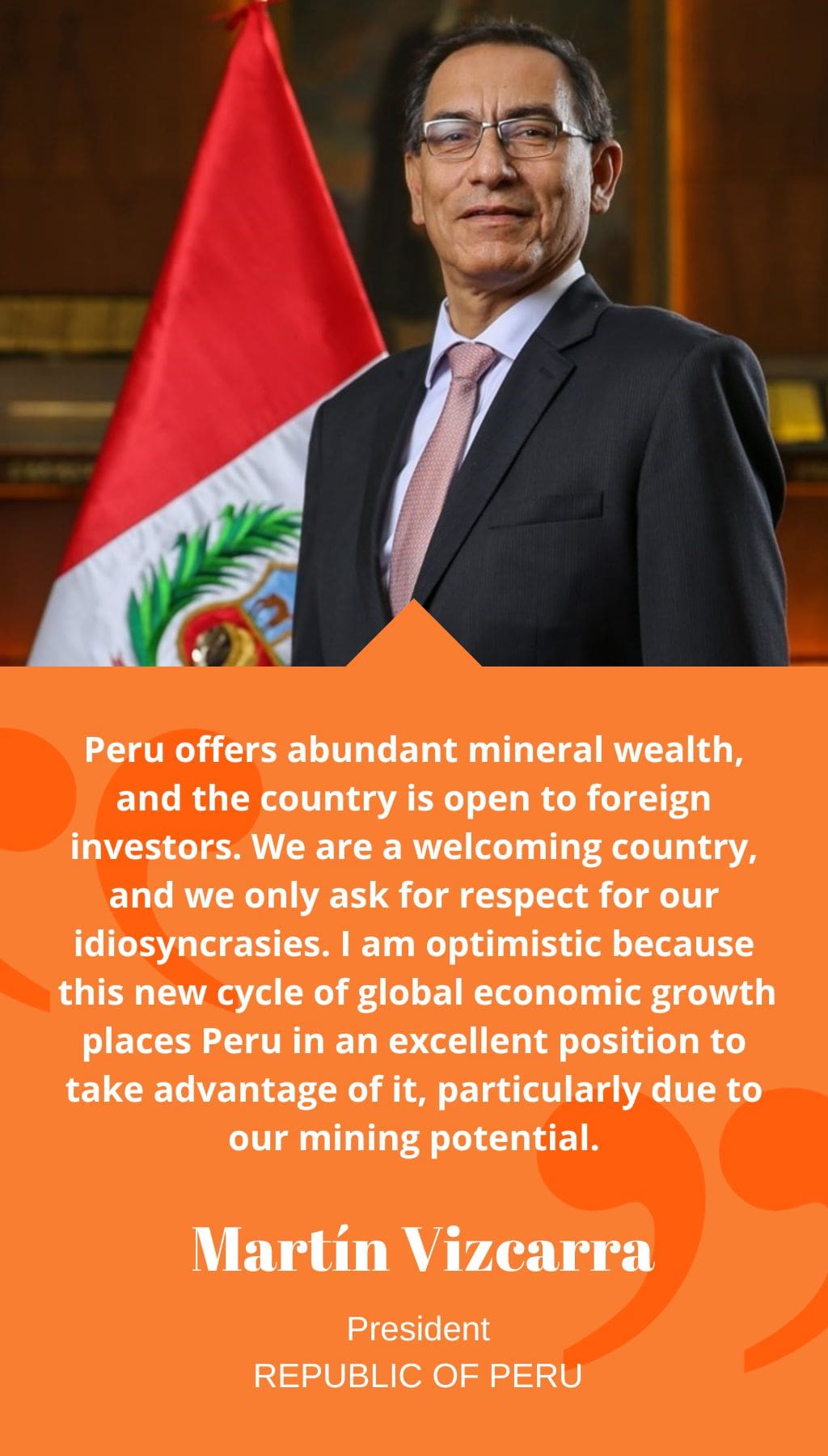
How can Peru establish the right conditions for the development of its mining project portfolio?
Over the years, we have learned that a balance must be struck between economic activities, environmental responsibility, and maintaining a positive relationship with local communities. This balance cannot be achieved through a single decree or policy; it requires continuous hard work and dialogue. Peru has several successful examples of mining projects that have been developed with a positive impact, while some have been unsuccessful due to poor management by both the mining operator and the state. Therefore, we must strive for a continuous improvement process.
As the former governor of Moquegua, what were the lessons learned from the dialogue table for the development of Quellaveco?
The dialogue table for Quellaveco was a great example of consensus-building that should be replicated in other projects. Once the Quellaveco project is operational, it will be significant for the country’s economy, especially for a small region like Moquegua. The new challenge is that the local and regional authorities should be prepared to manage the tax money generated by the project. The funds should be used to substantially improve the lives of Moqueguans, rather than on irrelevant infrastructure or projects that do not benefit the community. In the past, mining tax revenues were often used to build large monuments or white elephants that did not contribute to the region’s progress.
Critics have blamed decentralization for past mistakes. Do you think Peru should continue the decentralization process?
I am an advocate for decentralization. Decisions should be made closer to the populations that are going to be affected by them. During the decentralization process, we have had both positive and negative examples. Those who argue for centralization only focus on the negative examples. While decentralization has its challenges, the solution is not to revert to centralism. Instead, we need to strengthen the regional structure and identify and correct the problems. We also need to educate and empower the population to ensure that their resources are used effectively by their authorities.
Could you explain the State’s role in promoting relevant infrastructure projects in remote areas where mining typically occurs?
In my opinion, the development of infrastructure projects that support mining operations should be a mix of public and private sector investments. The private sector should contribute a fair percentage based on their usage of the infrastructure. In cases where infrastructure is intended for the benefit of the community at large, such as rail projects, the State should fully fund and implement them. However, if the infrastructure is intended to be used by a specific mine, it should be the responsibility of the private sector to fund the project.
Regarding the Michiquillay project, do you think Southern Copper will be able to resolve community issues there and at Tía María?
The recent award of the Michiquillay project in February demonstrated the great interest that mining investors have in Peru. We advise the operator to establish an empathic relationship with the communities to overcome any challenges that may arise, and we hope that the project will be brought into production. As for Tía María, the project still has issues from previous years, which may require more time. However, I am confident that with the right approach from all parties involved, any issues can be resolved.
What message would you like to give to investors who are interested in developing mining projects in Peru?
Peru offers abundant mineral wealth, and the country is open to foreign investors. We are a welcoming country, and we only ask for respect for our idiosyncrasies. I am optimistic because this new cycle of global economic growth places Peru in an excellent position to take advantage of it, particularly due to our mining potential.


